5 Sensory Tuff Play Tray Ideas for Early Years!
From birth, children use their five senses to explore and learn about the world around them. Sensory discovery through play is an important part of childhood development. Mum of two Louise Lambert from @lifewithlouise_ is a special needs teacher who love early years education. In this guest post, Louise has created 5 sensory play Tuff Tray ideas for toddlers and preschoolers you can create at home or in an EYFS setting. They’re prefect for keeping little hands busy and helping your child learn through sensory play.

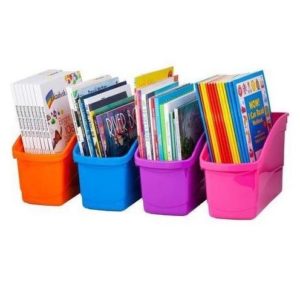
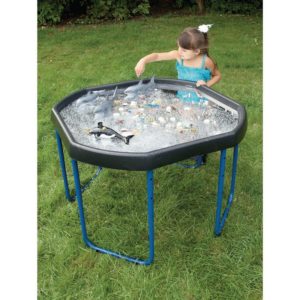
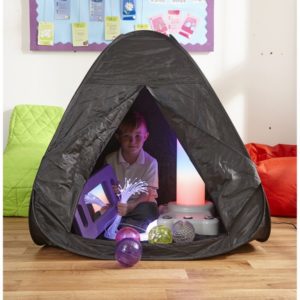
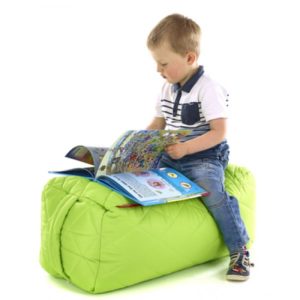
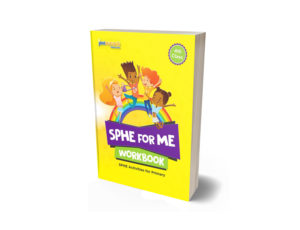

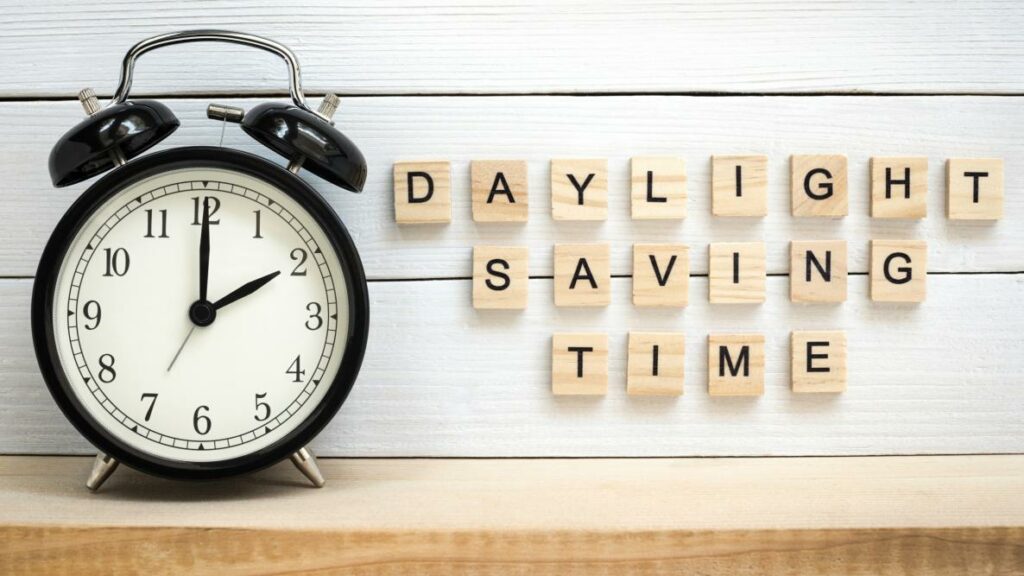
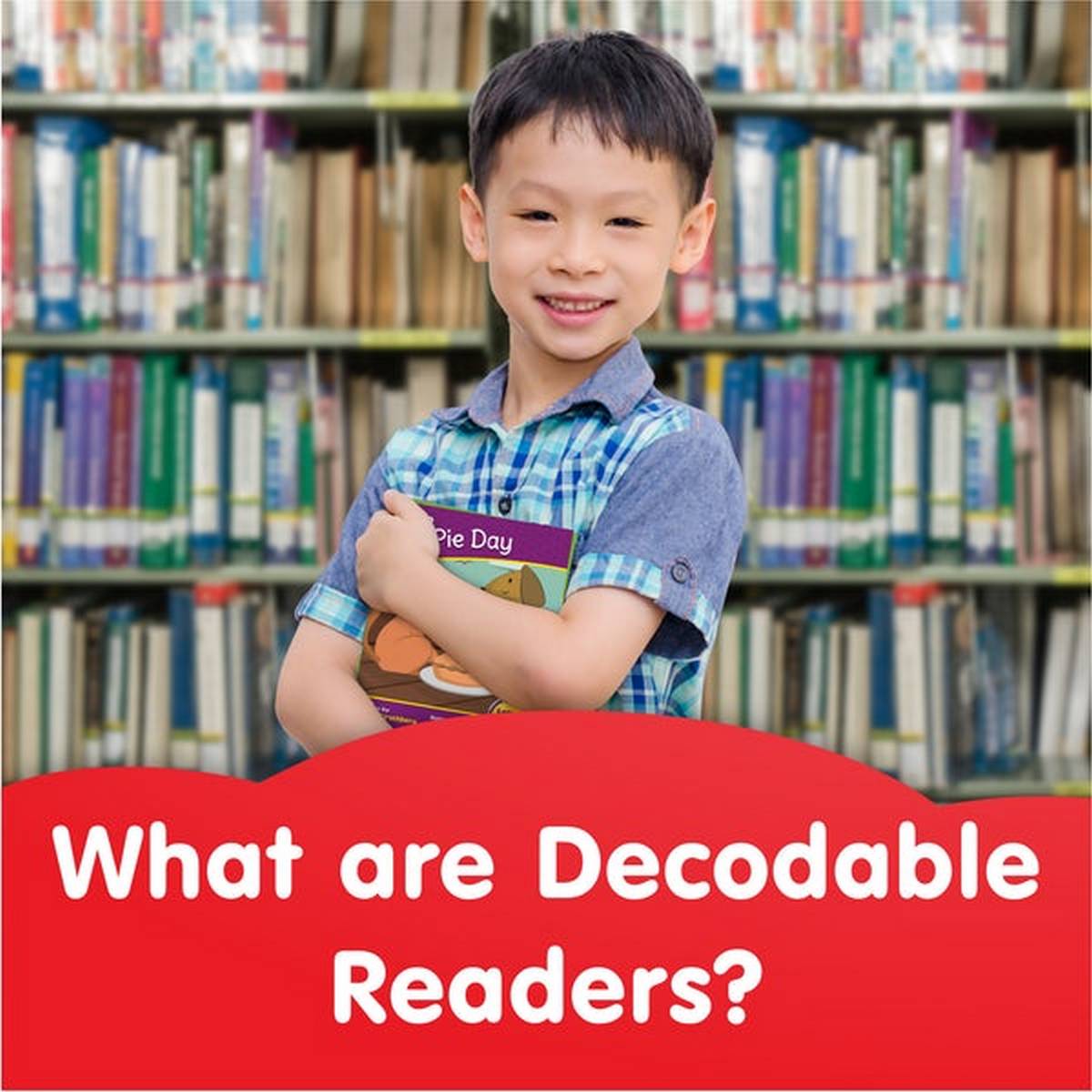
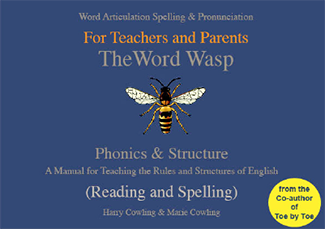
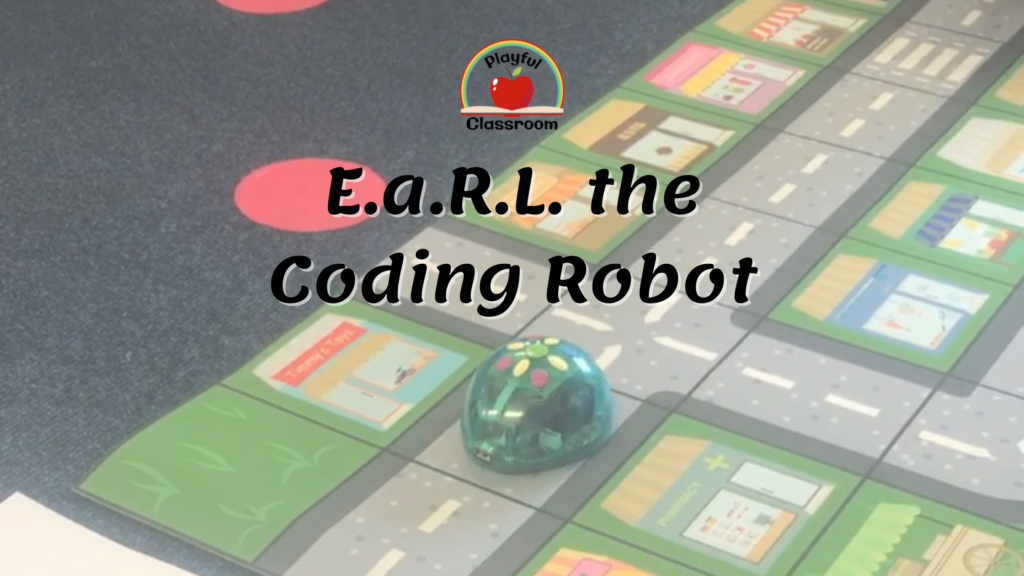
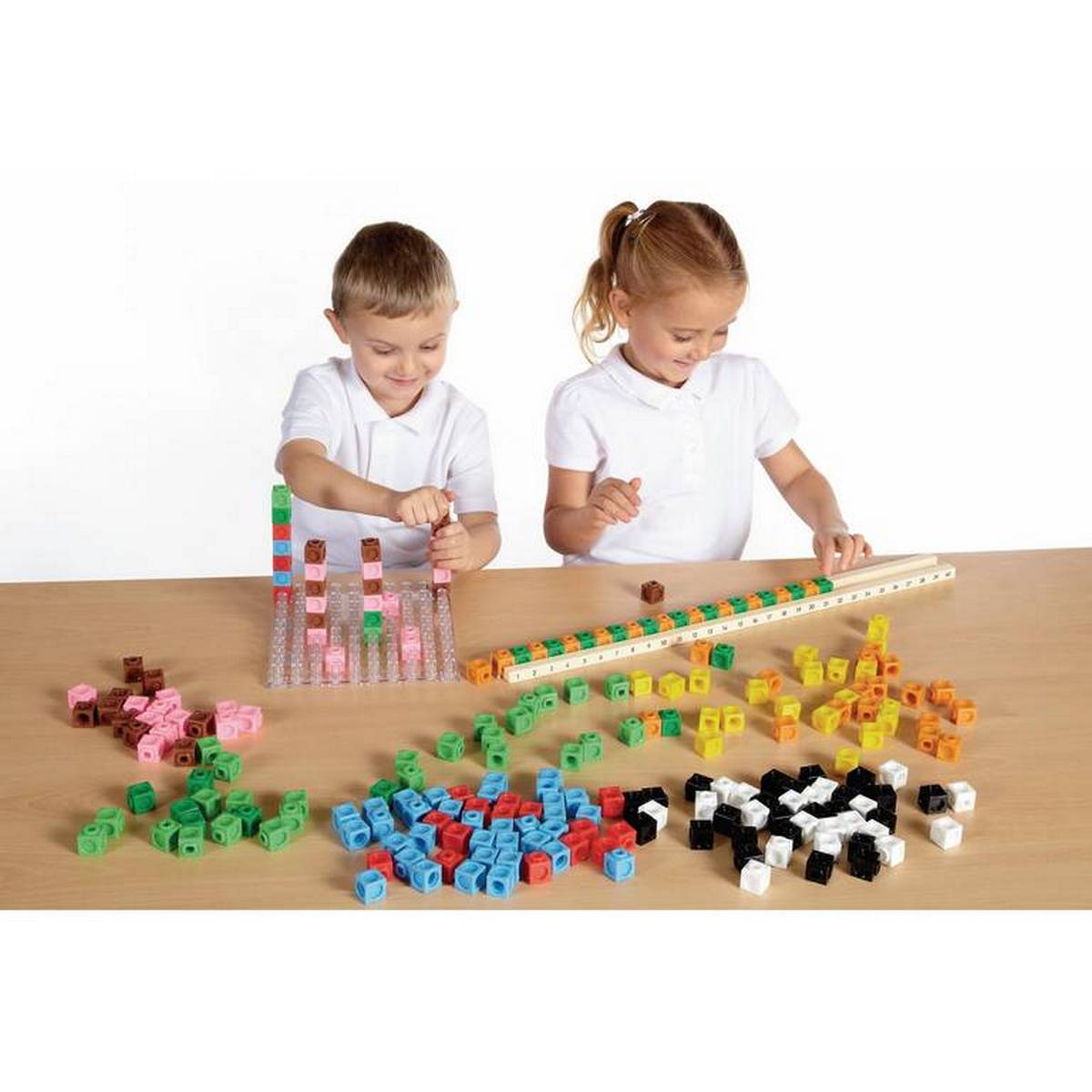


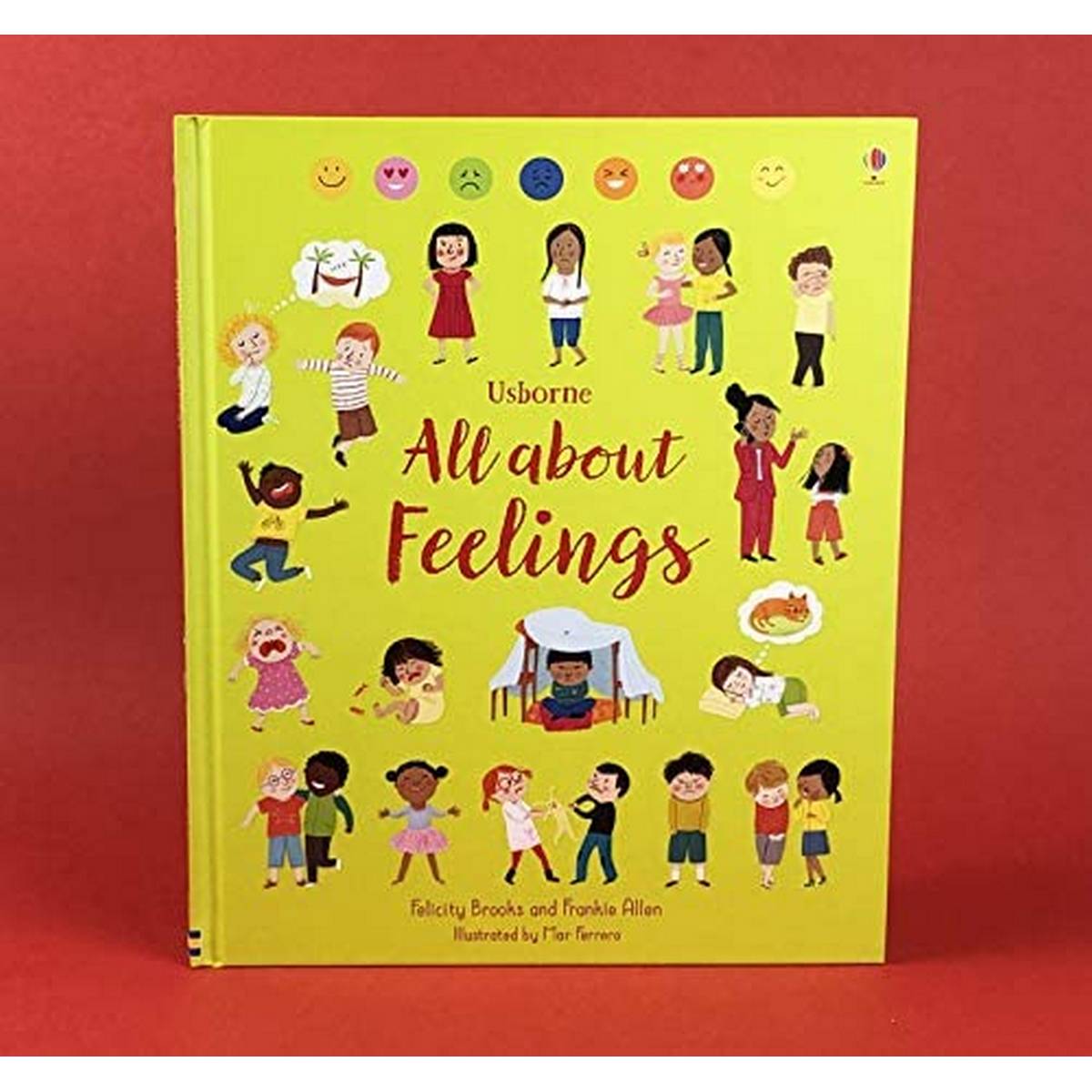

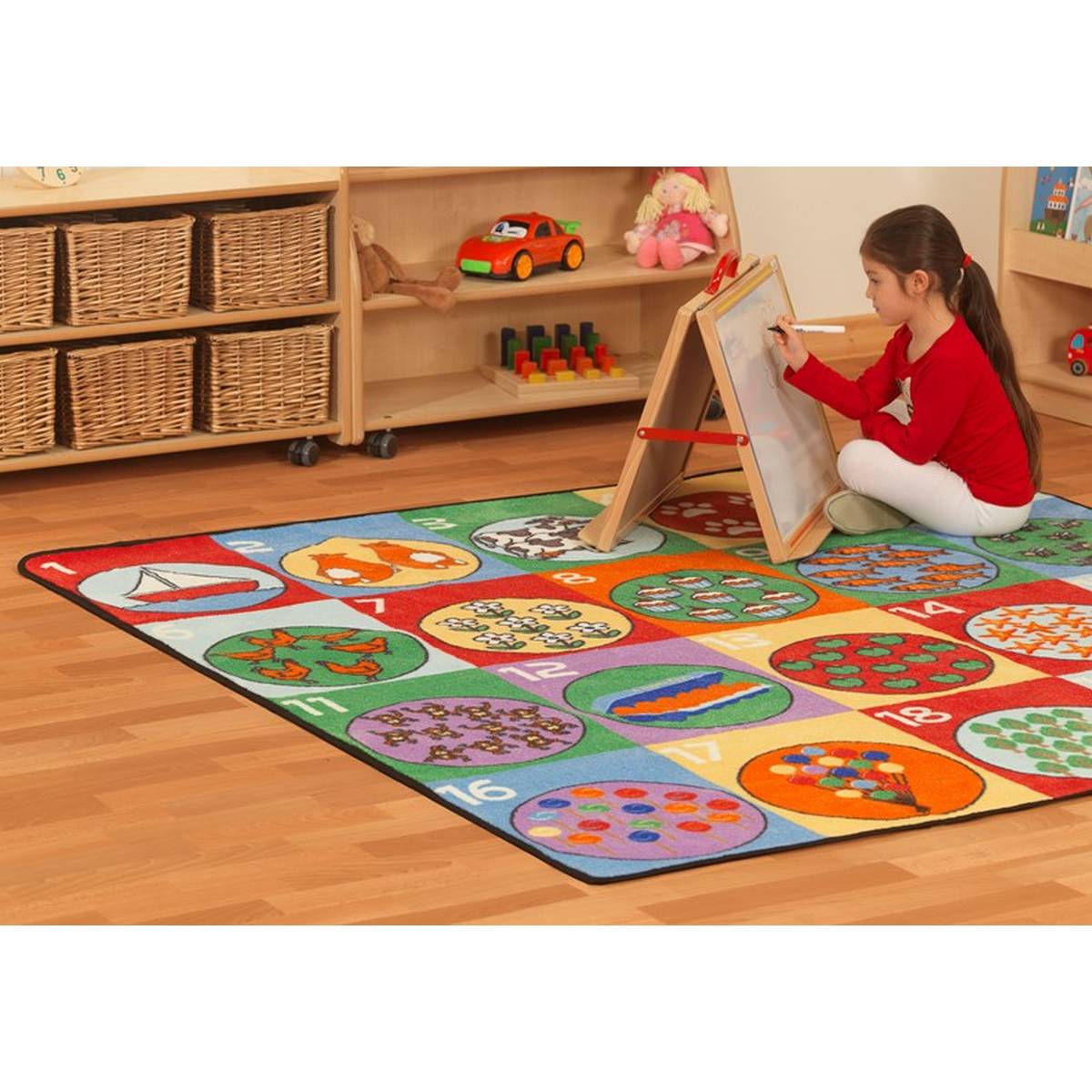 Carpets & Mats
Carpets & Mats